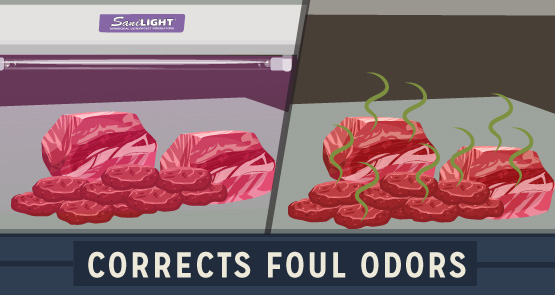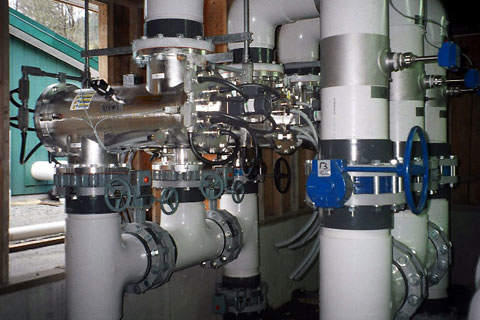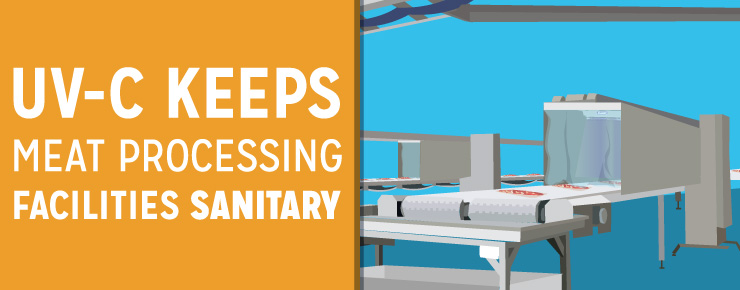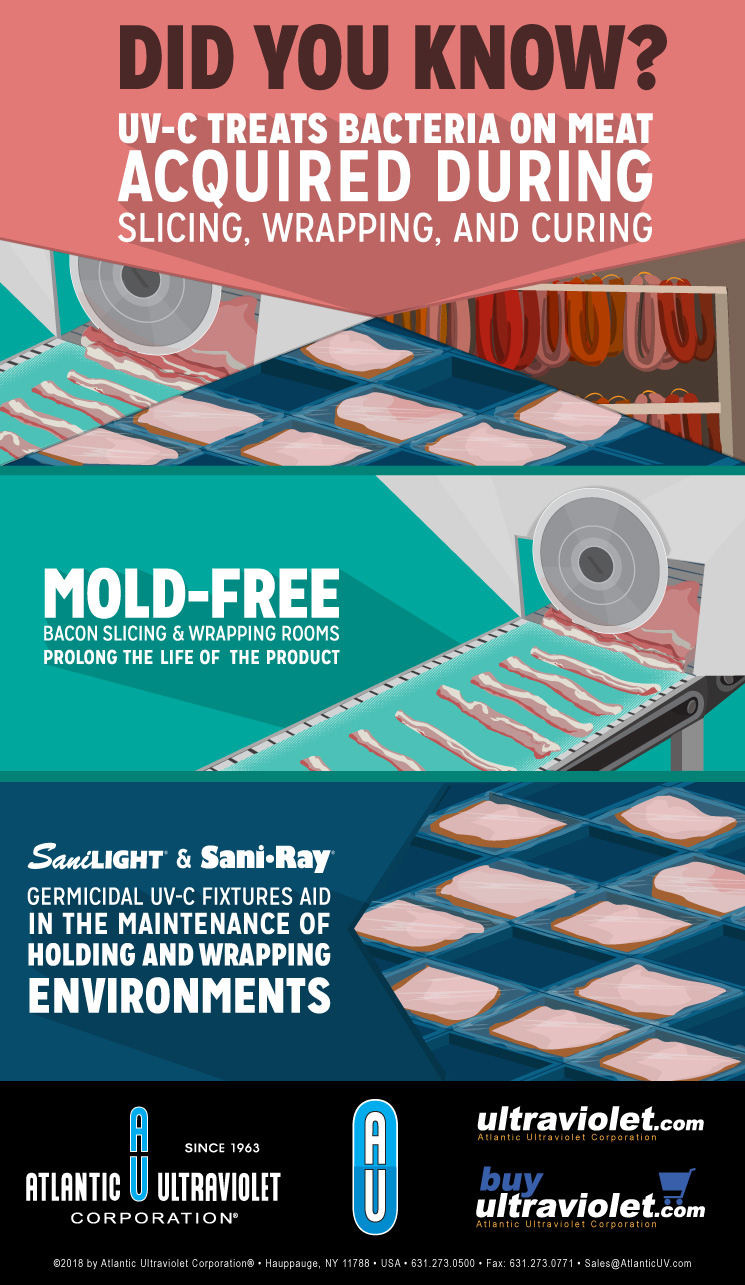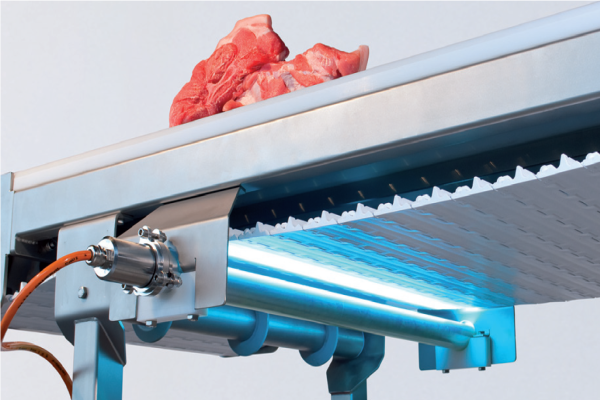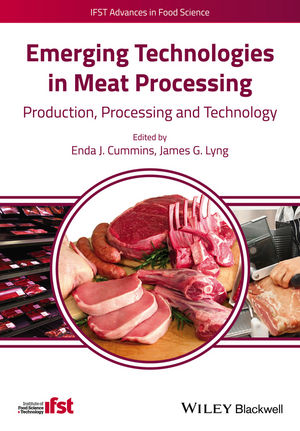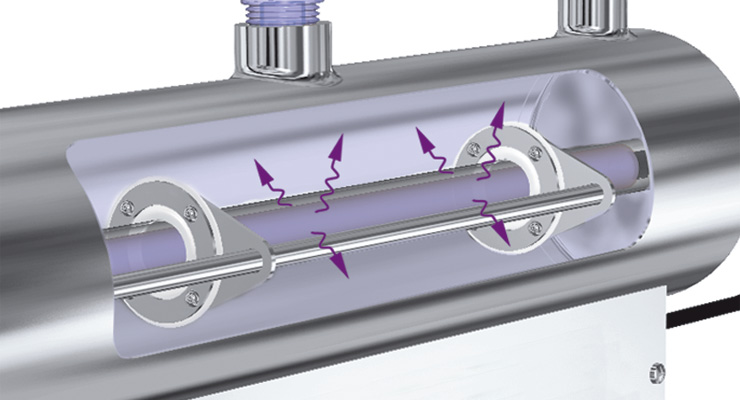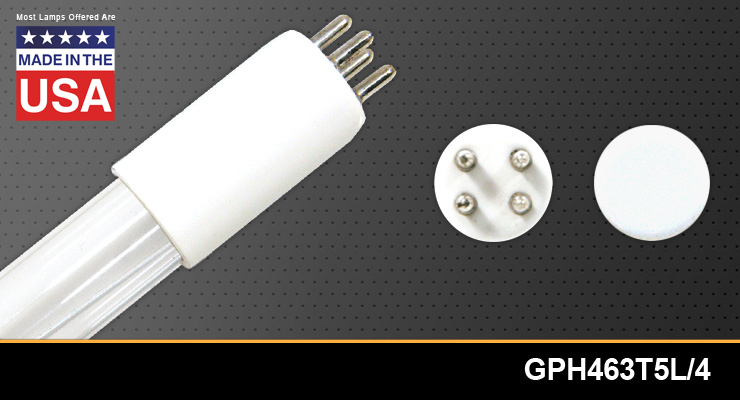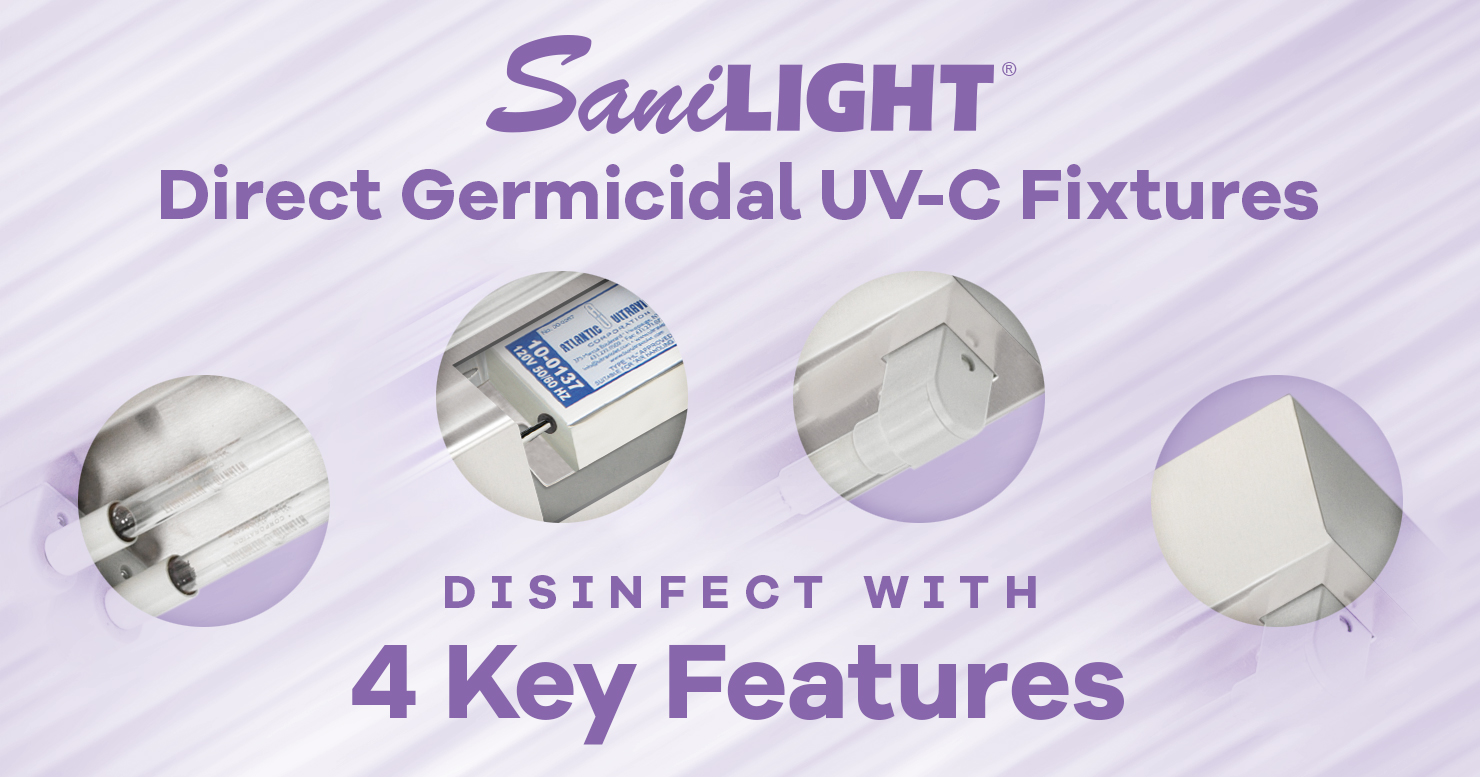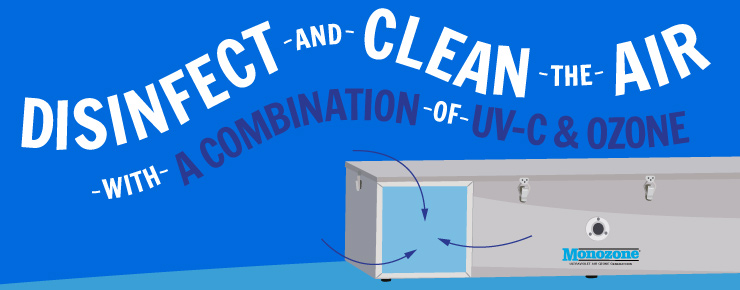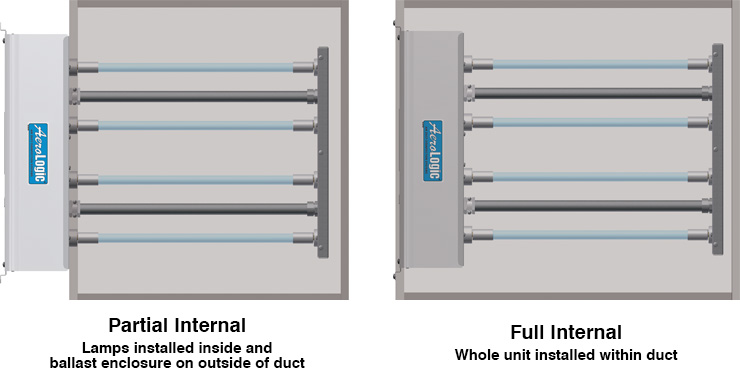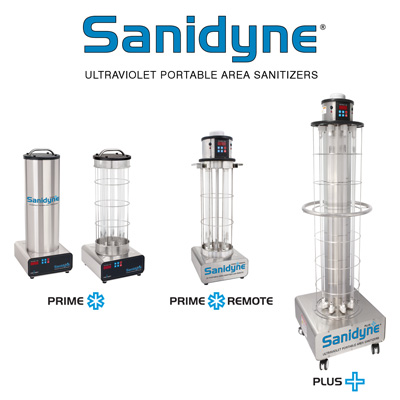One of the disadvantages of continuous uv light is the induction of oxidation processes in meat which afterward changes its sensorial properties paškevičiūtė and lukšienė 2009.
Uv light meat processing.
These powerful lamps provide safeguards in meat processing facilities for air water disinfection and liquid purification.
Paskeviciute et al 2011.
Other promising uses of uv light are the disinfection of air and water used in dairy plant and surface decontamination of food contact surfaces and packaging materials.
Ultraviolet light uv light holds considerable promise in food processing as an alternative to traditional thermal processing.
High vulnerability to viruses and germs in the meat processing industry.
Its applications include pasteurization of juices post lethality.
The introduction of germicidal ultraviolet uv c technologies into meat processing facilities directly equates to a healthy and safe working environment as well as higher quality products.
Hanovia uv disinfection systems are compact and can be easily incorporated into a number of meat processing applications including treatment of wash water brine chillers meat marinade and pickle injectors and also for disinfecting wastewater for reuse in processing.
The installation of a highly efficient uv disinfection system.
Surface application of uv light after production can offer an attractive alternative method to eliminate or control the growth of post processing contamination.
They emit uv c energy at 254 nanometers a wavelength that s lethal to virtually all microorganisms with proper dosage.
The use of uv has been part of food manufacturing for more than 50 years.
The rate of product discolouration depends on the intensity of light and wavelength distribution used for retail display in combination with the light permeability of the packaging material.

